On April 29th, 1970, a protest took place outside the Peacock stage at the Abbey Theatre in Dublin. The protest, unlike other previous “riots” in the history of Ireland’s national theatre, was not in response to perceived slurs on nation or identity. Rather, the protest, led by the amateur drama group the Demona Players, was against the lack of vision for new and experimental forms of Irish drama – a yearning for modernity.
A new production of Lennox Robinson’s 1928 play The Far Off Hills was programmed at the time. Robinson’s play, a light comedy about the relationships of the Clancy family in Dublin, was a staple of the Abbey’s repertoire for decades, having had more than 36 previous revivals. Its reappearance in April 1970 drew responses that cried “Abbey directors over the hill”, “Experimental theatre? Yes, 1930s style” and “the Peacock should be producing plays that had some relation to Irish life now.”
David Nowlan, theatre critic of The Irish Times, concluded his positive review of the play by stating that a night of Bertolt Brecht would be surpassed every time by the likes of acting seen in Robinson’s play. To paraphrase WB Yeats, change, it seems, comes dropping slow.
The archive of Irish theatre consists of both memory and forgetting, presence and absence. Archives are also inherently about resistance and protest
This incident is a small footnote in the much wider history of Irish theatre. Yet it speaks volumes about Irish society, as well as the cultural and social tastes of Irish audiences of any given time. The archive of Irish theatre consists of both memory and forgetting, presence and absence. Archives are also inherently about resistance and protest. Records of artistic and creative practice, or of governance and administration, are by their very survival resisting erasure or destruction. Preservation, cataloguing, exhibitions, digitisation and online access are just some of the means through which archivists work to preserve the past and ensure its future access by the public.
Housed within the James Hardiman Library at NUI Galway is one of the world's largest repositories of manuscripts and digital records of theatre and performance. Collections include the digital archives of the Abbey Theatre and of the Gate Theatre. Alongside them sit the archives of Druid Theatre Company, Taibhdhearc na Gaillimhe, the Lyric Theatre in Belfast and Galway International Arts Festival, as well as archives of celebrated individuals such as Thomas Kilroy, Siobhán McKenna, Patricia Burke Brogan and Joe Vanek. In all there are more than 1.5 million items, from the 19th century to present day. It is a bilingual and all-island record of theatre in performance in Ireland (and internationally) that is constantly growing.
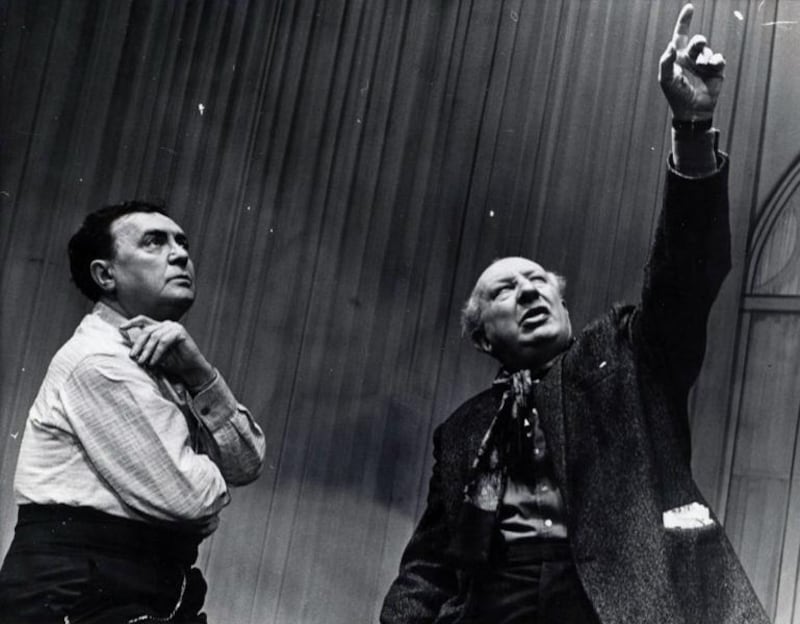
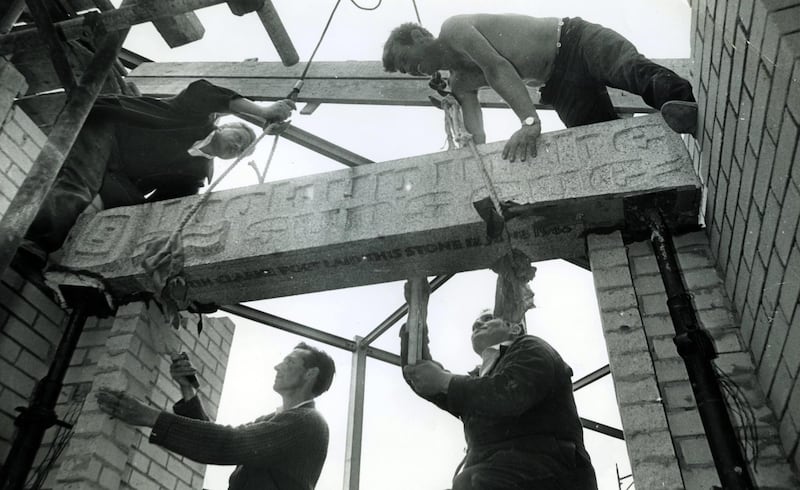
Such an archive of Irish theatre presents much space for reflection on the course of the development of our national drama. It also affords a space to reflect on the works and artists who have been pushed to the periphery of our memory. In editing a new volume of essays, Navigating Ireland’s Theatre Archive: Theory, Practice, Performance, I titled an essay The Potential of the Archive, thinking about how digitisation of past performances as well as the production of new work by artists today, drawing on records from the past, can inform us in the present. Libraries, archives, museums and galleries the world over have been and are collecting and documenting the labour and experience of both theatremaking and theatregoing. The book puts forward arguments that are built on the idea of navigation: how does one journey through the archive? It also sets out to assess where the “potential of the archive” can lead us in the future. In a sense, the archive of performance today is less about reaffirming our knowledge in what we do know, but more about uncovering what we didn’t look for before.
There are, of course, wide and obvious gaps in our histories and archives generally and the archive of Irish theatre is no different. Our society, for example, is still coming to terms with recognising the institutionalisation of those most vulnerable in our society through various networks of containment – those within mental hospitals and asylums, women and children detained within Magdalene laundries and mother-and-baby homes, those who still today, as asylum seekers, look for refuge in Ireland but face further enclosure within the direct-provision system. When we delve deeper into our histories, we can uncover more unsettling but important truths.
In November 1959, No Man Is an Island, by the Limerick-based playwright Peter Hutchinson, was presented at the Queen’s Theatre by the Abbey company. The play focused on two soldiers within a barracks in then-present-day Ireland. It becomes apparent to the audience that one soldier is suffering from depression and hallucinatory episodes. The play achieved average attendance and worse reviews.
It is revealing, however, to uncover how the theme of the play was received. Ernest Blythe wrote to the playwright on November 15th, 1959, stating that the play was the first since Brendan Behan’s The Quare Fellow (three years previously, in 1956) to have audience members walk out of the Abbey. Blythe clarified that “the main [reason people left] was that most people disliked having to watch the behaviour of an insane person throughout two whole acts... To many people the exhibition of a mental infirmity is almost as unpleasant as the showing of an open wound.” With such a judgment came also the tacit public as well as “official” approval to hide and further stigmatise those who experienced mental illness in modern Ireland.
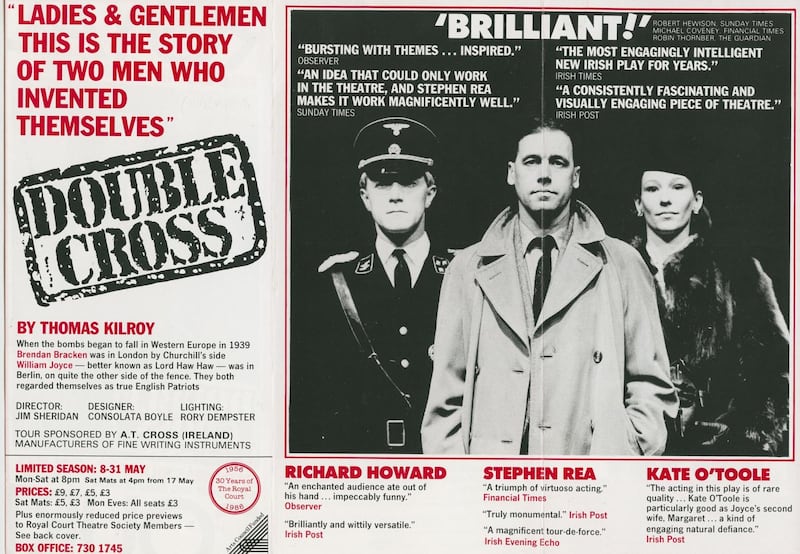
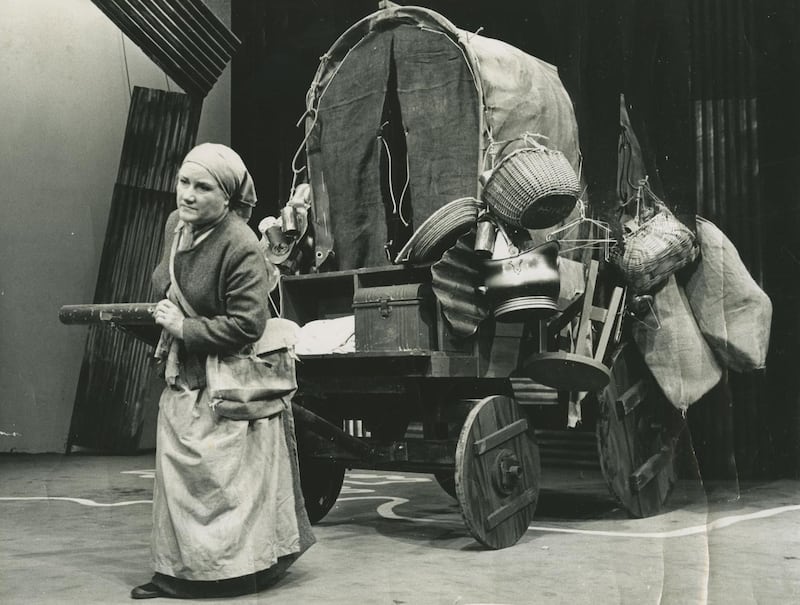
The care of children was also not without comment or criticism in these years. Cyril Cusack discussed with Seán O’Casey in February 1960 the idea of installing a bed in every children’s ward in Dublin named in honour of O’Casey, as a tribute to the playwright. O’Casey rejected the offer, as he felt he could not conscience a child in a hospital bed that bore his name, for the idea that any child should owe having a hospital bed to Sean O’Casey was wrong. “A bed should be there for a need, not as a gift. Thousands of Irish children need beds at home as well as in hospital. Ireland has a long time-lag to make up in the care of her children.” As we are so painfully aware today, O’Casey’s wishes for thousands of Irish children to have beds in their own home is far from realised.
Samuel L Jackson's ensemble hoped to produce an all-black, Harlem-based production of Juno and the Paycock that was to tour to Dublin. The production, sadly, did not materialise
The Hollywood star Samuel L Jackson acted at the Gate Theatre in a play called Home, written by Samm-Art Williams and produced by the Negro Ensemble Company, from New York, as part of Dublin Theatre Festival in 1982. The ensemble, founded in 1967, was one of the most innovative companies working in New York at the time. Home told the story of Cephus Miles, a drifter journeying from isolated big-city life to his rural homeland of segregated Crossroads, North Carolina, over Christmas.
Miles’s connection to home, kin and departed loved ones is brought to life again through memories that can only be found in the soil and place of one’s roots and past. The play reads somewhere between Mark Twain and Conor McPherson. It was warmly received by both the critics and the public in Dublin.
Such neglected histories show how universal and ultimately how migratory the Irish diasporic cultural and psychological experience is when such international works are performed in Dublin and received as “Irish”. The ensemble also hoped to produce an all-black and Harlem-based production of O’Casey’s Juno and the Paycock that was to tour to Dublin. That production, sadly, did not materialise.
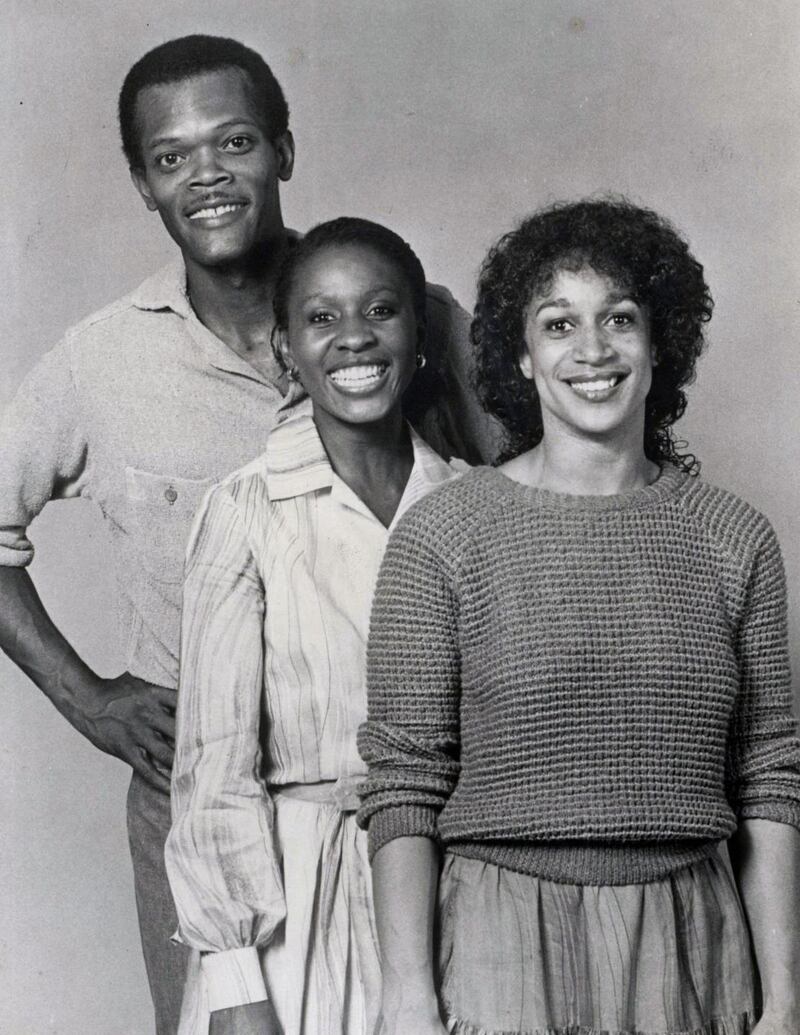
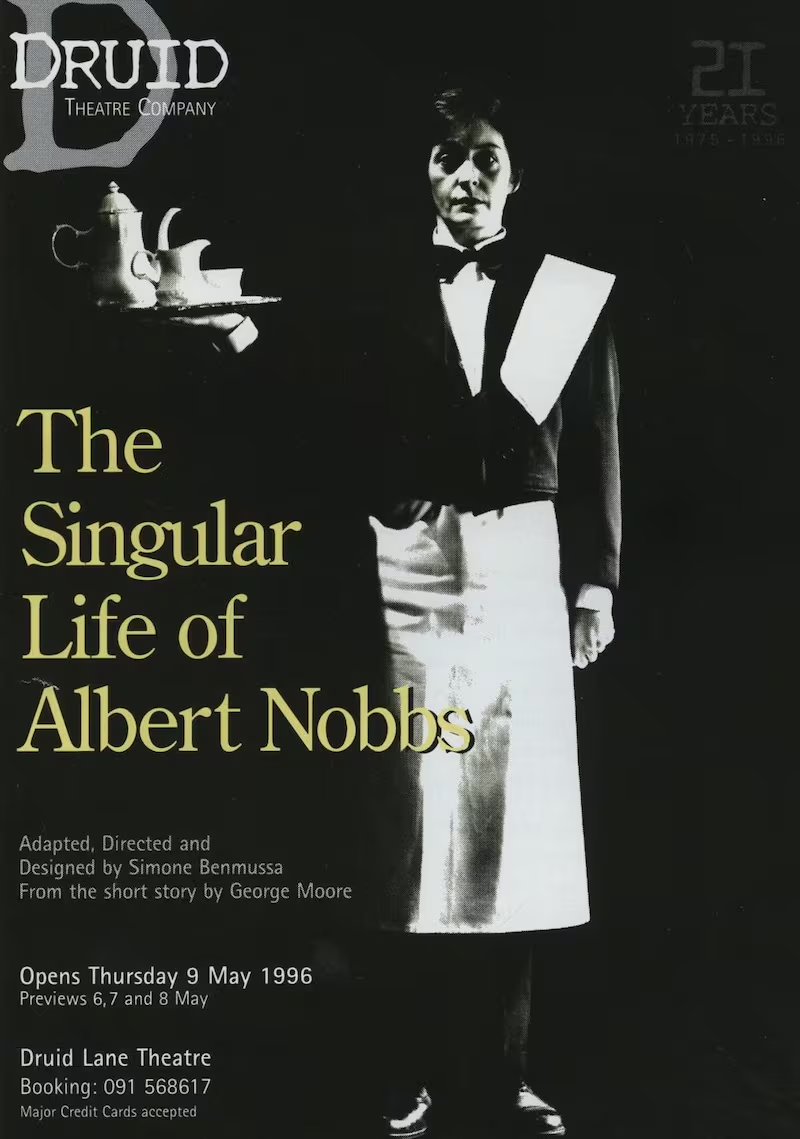
Individual chapters within Navigating Ireland’s Theatre Archive look at the contemporary memory and experience of Irish theatre across borders. Terms which define “British” theatre, “Irish” theatre or “Northern Irish” theatre, and their respective repertoires, are perhaps less clear in meaning today, when conversations are dominated by Brexit, deals, hard borders and backstops.
Emer McHugh examines the pedestal of commemoration and uncovers Irish theatre’s relationship with the most English of playwrights, William Shakespeare, and how the repertoire of Irish theatre remembers or disremembers his plays within the gamut of its turbulent Anglo-Irish political contexts.
Colin Murphy, author of Haughey/Gregory and Guaranteed!, among other works that draw on archival records and testimony, outlines the creative process and challenges of working with such source material within documentary drama. The challenges, Murphy argues, lie in the counterfactual as well as the factual, a heightened drama infused by things that may go unspoken across long lives, real-life conflicts which are verbalised on stage.
Conor O’Malley draws on a personal memoir and archive to recount the birth of a new theatre in Belfast that blossomed from amateur to professional while also emerging in the ominous shadow of the cloud of conflict during the Troubles. Founded by Mary O’Malley in 1954, the Lyric Players Theatre afforded communities in Northern Ireland an outlet from which to escape political and sectarian divide and be part of a cultural centre that included a literary journal, Threshold, and an art gallery.
The archive of memory acts a powerful and necessary restitutive agent for communities that are still engaging with a post-conflict legacy and adds context to the world of contemporary plays, such as Jez Butterworth’s The Ferryman, Shibboleth by Stacey Gregg, or Thomas Kilroy’s Double Cross. The borders of our culture are also not without need of re-evaluation.
The archive of Irish theatre is a cultural asset for all people. Its potential lies in its ability not only to record and support our national drama and theatremakers but also to effect change
In 2016, the #WakingTheFeminists movement provoked a reflection not only on employment and work practices across the Irish theatre sector but also on the status of the archive and repertoire itself – where are women recorded in the archive? Is their work produced on minor fringe stages or on national platforms? Is it routinely published? Dr Brenda Donohue reveals in her essay the findings of painstaking archival research on behalf of #WTF and the role contemporary records have in making visible the exclusion of women theatremakers within the workplace.
The growth of independent Irish theatre companies in the 1980s and into the 1990s saw groups like Rough Magic, Fishamble (formerly Pigsback), Red Kettle Theatre Company, Irish Modern Dance Theatre and Storytellers Theatre Company forge new histories. The archives of these companies are by now all deposited at libraries and archives around the country.
Many others, including those companies that suffered most from the cull in arts funding in austerity years from 2008 onwards, may not be so remembered in years to come because of a lack of preserved electronic and physical records. The future potential of the archive depends on pre-empting and intervening in the live documentation of our theatrical heritage.
Institutional selectivity in the acquisition of collections needs to assessed regularly to prevent a homogeneity of future histories being preserved. The archive of Irish theatre is a cultural asset for all people. Its potential lies in its ability not only to record and support our national drama and theatremakers but also to effect change, knowledge and transparency.
Navigating Ireland's Theatre Archive: Theory, Practice, Performance is edited by Dr Barry Houlihan and published by Peter Lang Press









